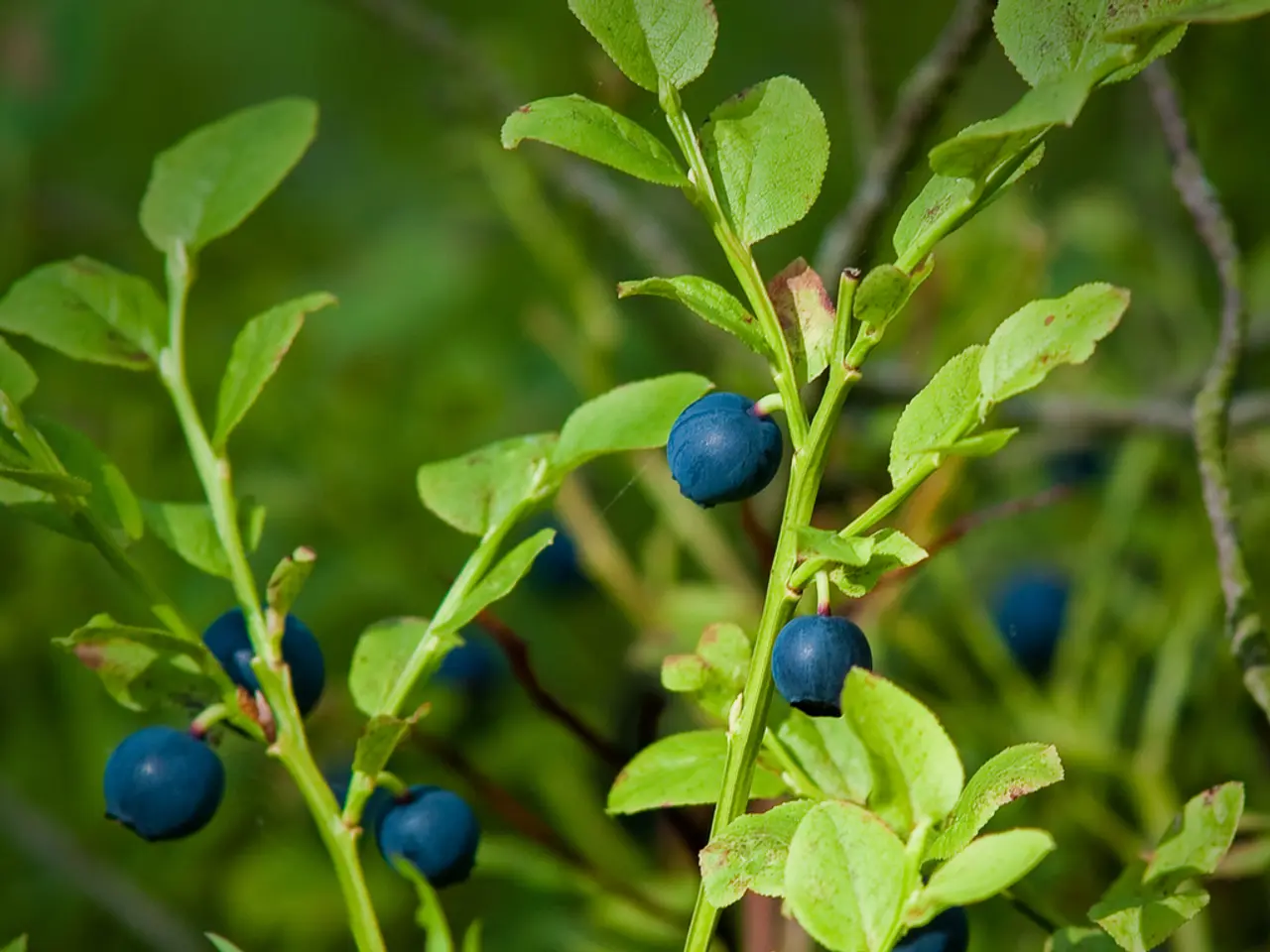Raspberry Disease Caused by Cane
Raspberries and blackberries are susceptible to cane blight, a disease caused by the fungus Leptospaeria coniothyrium. This fungal disease can lead to wilt and death of lateral shoots, general weakening of the cane, and reduced yield. However, with proper plant maintenance and selective fungicide use, cane blight can be effectively controlled.
Key practices for controlling cane blight include promptly pruning out affected canes to remove blighted tissue and reduce disease spread. It is essential to avoid damaging canes during pruning, as this can enable infection. Good air circulation is also crucial in reducing cane blight. Properly spacing plants (40–60 cm apart with 1.5 m between rows) helps reduce humidity and moisture retention that favors fungal growth.
Avoiding overhead watering is another important measure. Overhead watering prolongs surface wetness on canes, encouraging fungal infections. Instead, watering at the base or using drip irrigation is preferable. During susceptible periods, such as after pruning or during wet weather conditions, fungicide applications may be necessary to control cane blight. However, specific fungicide recommendations should be based on local extension advice or product labels.
Maintaining the planting area free of debris and removing dead or diseased canes is also essential to reduce sources of fungal inoculum. Supporting canes properly to prevent damage and stress that predispose plants to infection is another beneficial practice.
In addition to these measures, mulching to conserve soil moisture without wetting canes, monitoring for insect pests that may create wounds and increase infection risks, and improving air circulation within a planting can further help reduce the potential for cane blight infection. Weed control within and between rows is also important for improving air circulation within the planting.
Wild brambles, especially wild raspberries, should be removed as they can provide a continuous source of spores for cane blight. Excessive applications of nitrogen fertilizer should be avoided to prevent excessive growth of susceptible plant tissue. Cane blight most commonly affects black raspberries, but red and purple varieties are also susceptible.
After harvest, infected old fruited floricanes and any new primocanes should be removed and destroyed. It is important to note that dead canes continue to produce conidia and remain a source of infection for several years.
For current spray recommendations, commercial growers can refer to Bulletin 506 and backyard growers can refer to Bulletin 780. These publications can be obtained from county Extension offices or the CFAES Publications online bookstore.
Cane blight is usually most severe during wet growing seasons. Maintaining plants in narrow rows and thinning them can improve air circulation and allow better light penetration. Keeping plantings free of insects to prevent wounds that serve as entry points for the cane blight fungus is also important.
This fact sheet was originally published in 2008. While specific fungicides were not named in the search results, a combination of cultural practices (pruning, spacing, watering) and fungicide applications are considered standard for fungal cane diseases in brambles. These steps collectively reduce disease incidence and promote healthy cane growth.
Maintaining a proper lifestyle for home-and-garden, specifically in the realm of gardening, involves adopting key practices for pest management. This includes promptly pruning affected canes to prevent the spread of cane blight and ensure healthy plant growth. Additionally, improving air circulation within the garden is vital, as it helps reduce the potential for cane blight infection.




